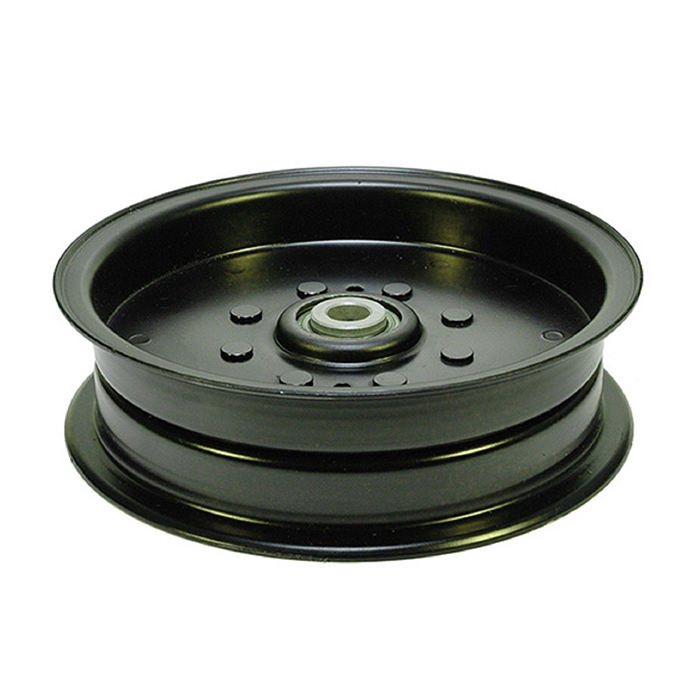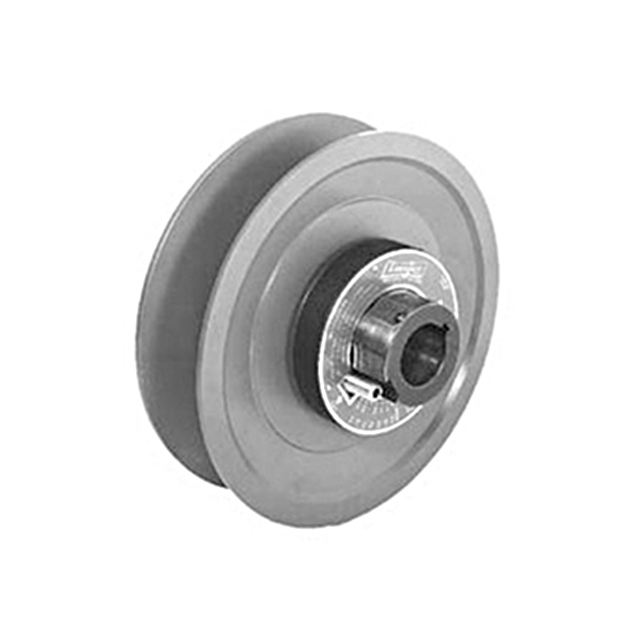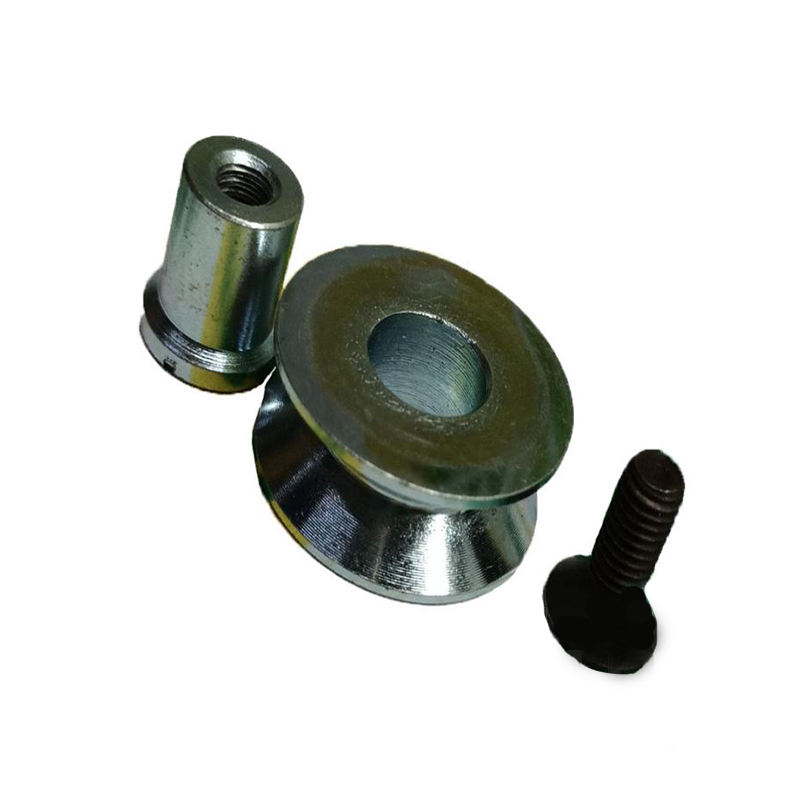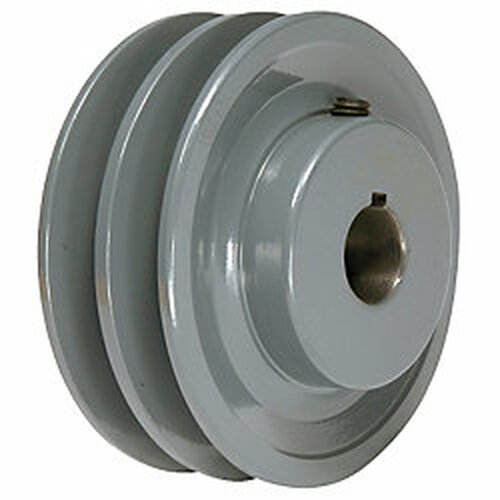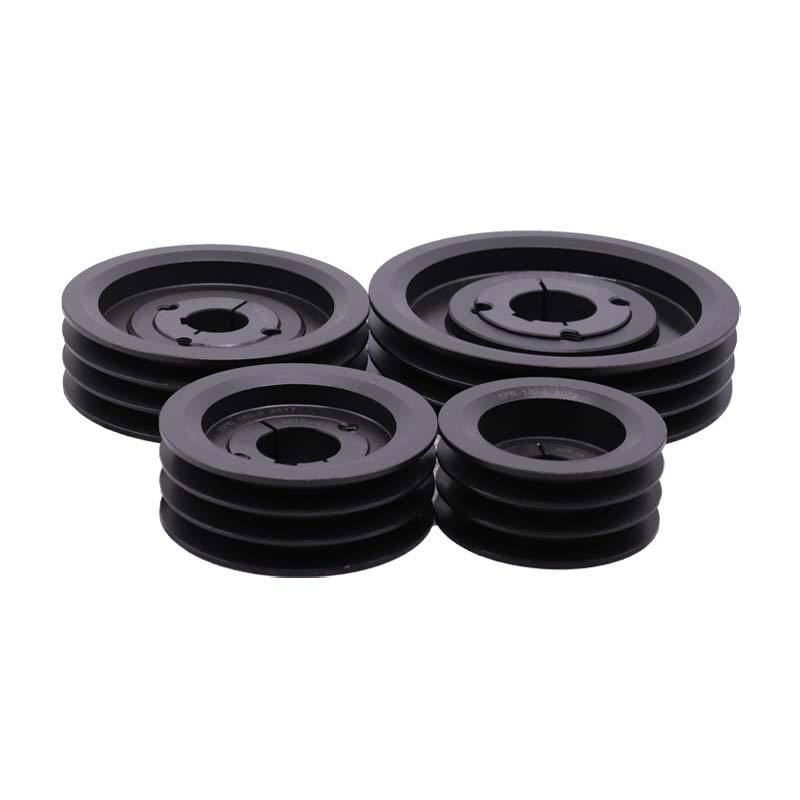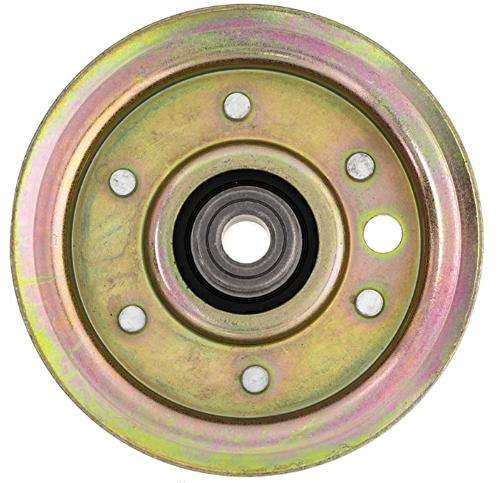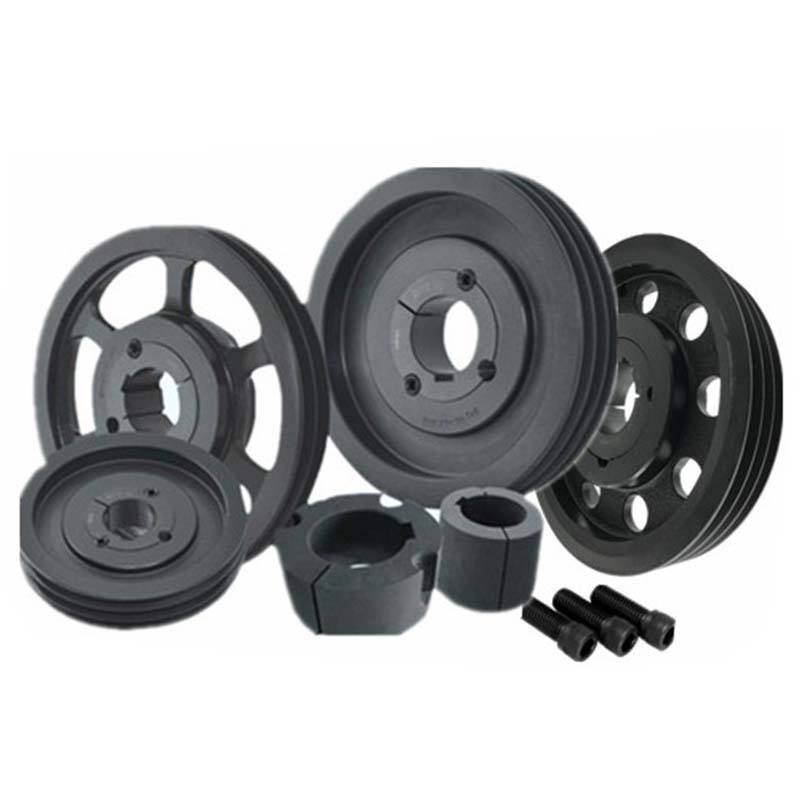Pulleys are fundamental mechanical devices used to transmit power and motion in various applications, from industrial machinery to everyday objects. They consist of a wheel on an axle or shaft, designed to support movement and change of direction of a taut cable or belt. The efficiency and performance of pulleys depend on their design, material, and specifications. This guide provides a detailed overview of pulley types, key parameters, and answers to common questions, helping you make informed decisions for your needs.
When selecting pulleys, consider these critical parameters to ensure optimal performance and compatibility.
| Parameter | Description | Common Values/Ranges |
|---|---|---|
| Diameter | The size of the pulley wheel, affecting speed and torque transmission. | 20mm to 500mm |
| Bore Size | The inner diameter for shaft mounting, crucial for fit and alignment. | 5mm to 50mm |
| Material | Construction material influencing durability, weight, and corrosion resistance. | Steel, Aluminum, Nylon, Cast Iron |
| Groove Type | Shape of the groove for belt compatibility, such as V-groove or timing groove. | V-Groove, U-Groove, Flat |
| Number of Grooves | How many grooves on the pulley, affecting belt capacity and power transmission. | 1 to 6 grooves |
| Load Capacity | Maximum weight or force the pulley can handle without failure. | 50kg to 2000kg |
| Speed Rating | Maximum rotational speed in RPM (revolutions per minute) for safe operation. | 100 RPM to 5000 RPM |
Below is a table summarizing specifications for popular pulley types to aid in selection.
| Pulley Type | Typical Diameter Range | Common Materials | Applications |
|---|---|---|---|
| V-Belt Pulley | 50mm - 300mm | Cast Iron, Steel | Industrial motors, agricultural equipment |
| Timing Pulley | 20mm - 200mm | Aluminum, Steel | Robotics, automotive engines |
| Nylon Pulley | 30mm - 150mm | Nylon, Plastic | Conveyor systems, fitness equipment |
| Wire Rope Pulley | 100mm - 500mm | Stainless Steel | Lifting systems, marine applications |
What is the main function of a pulley?
Pulleys are used to change the direction of an applied force, transmit rotational motion, or provide mechanical advantage to lift heavy loads with less effort. They are essential in systems requiring power transmission or movement control.
How do I choose the right pulley size?
Select a pulley based on the diameter relative to your system's speed and torque requirements. Larger diameters reduce speed but increase torque, while smaller diameters do the opposite. Also, match the bore size to your shaft diameter and consider the groove type for belt compatibility.
What materials are best for pulleys in corrosive environments?
For corrosive environments, use pulleys made from stainless steel, aluminum with protective coatings, or nylon. These materials resist rust and degradation, ensuring longevity and reliable performance in harsh conditions.
Can pulleys be used for high-speed applications?
Yes, but ensure the pulley has a high speed rating and is balanced to prevent vibrations. Materials like aluminum are lightweight and suitable for high RPMs, while steel pulleys may require dynamic balancing for speeds above 2000 RPM.
How often should pulleys be maintained?
Inspect pulleys regularly for wear, misalignment, or damage. Lubricate bearings if applicable, and check for belt tension. Maintenance frequency depends on usage; industrial applications might require monthly checks, while light-duty systems can be inspected annually.
What is the difference between a pulley and a sheave?
The terms are often used interchangeably, but a sheave typically refers to the wheel part of a pulley system, especially in contexts like grooved wheels for ropes or belts. A pulley can include the entire assembly, including the wheel and mounting hardware.
Are there pulleys that prevent belt slippage?
Yes, V-belt pulleys and timing pulleys are designed to minimize slippage. V-belt pulleys use angled grooves to grip the belt, while timing pulleys have teeth that mesh with the belt, ensuring positive engagement and synchronous movement.
What factors affect pulley efficiency?
Efficiency is influenced by material friction, belt type, alignment, and lubrication. Proper installation, using matched components, and regular maintenance can achieve efficiencies of 90-98% in well-designed systems.
